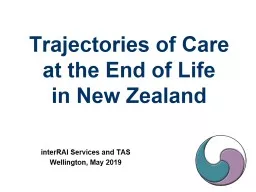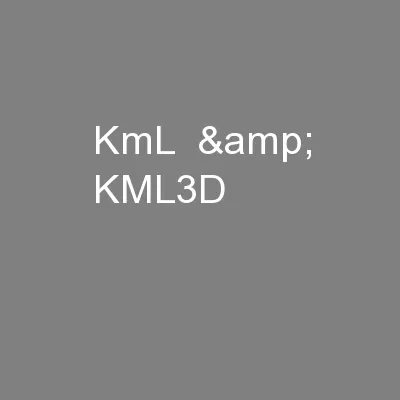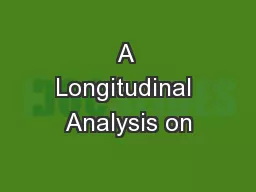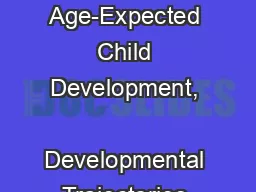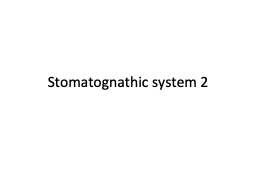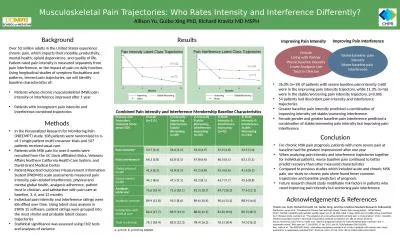PPT-Trajectories of Care
Author : yoshiko-marsland | Published Date : 2019-11-21
Trajectories of Care at the End of Life in New Zealand interRAI Services and TAS Wellington May 2019 New Zealand Births and Deaths 1876 to 2018 Baby Boomers are
Presentation Embed Code
Download Presentation
Download Presentation The PPT/PDF document "Trajectories of Care" is the property of its rightful owner. Permission is granted to download and print the materials on this website for personal, non-commercial use only, and to display it on your personal computer provided you do not modify the materials and that you retain all copyright notices contained in the materials. By downloading content from our website, you accept the terms of this agreement.
Trajectories of Care: Transcript
Download Rules Of Document
"Trajectories of Care"The content belongs to its owner. You may download and print it for personal use, without modification, and keep all copyright notices. By downloading, you agree to these terms.
Related Documents

